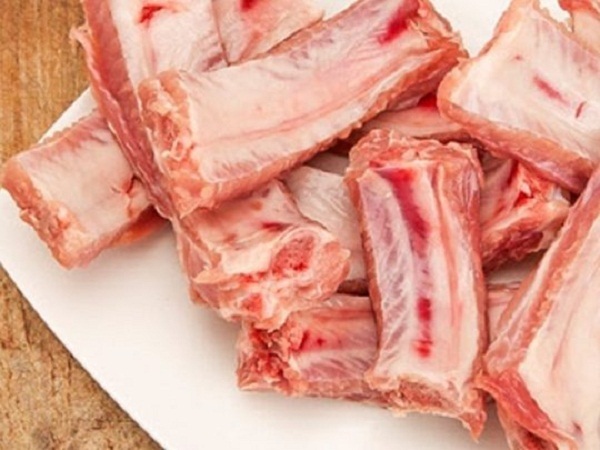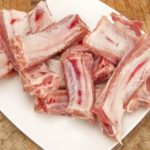1. How to Choose the Best Pork Hocks
There are two types of pork hocks: front and hind. The front hocks are shorter, and those in the know opt for these because the meat is more tender, softer, and has a thin layer of fat. This is because pigs primarily use their front legs for movement, so the meat quality is superior. The hind hocks, on the other hand, have larger bones, giving them a bigger overall size. Additionally, due to less movement, the hind hocks tend to have thicker lean meat, resulting in a slightly drier texture.
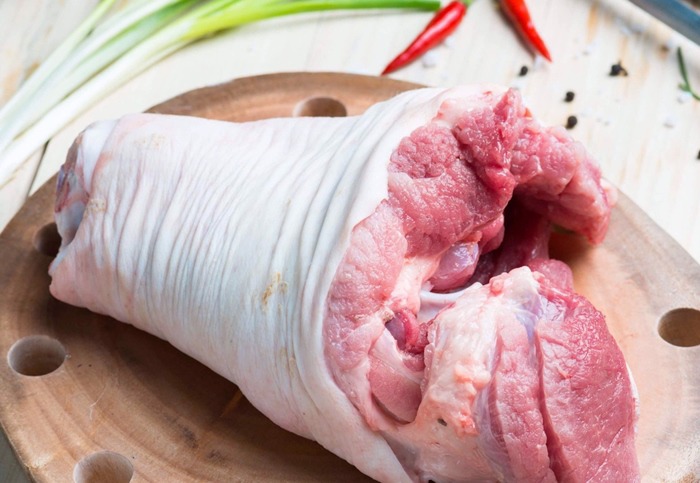
It’s easy to distinguish between the two types of hocks. The front hock has a ratio of one-third fat to two-thirds lean meat, while the hind hock has more layers and a squarer shape.
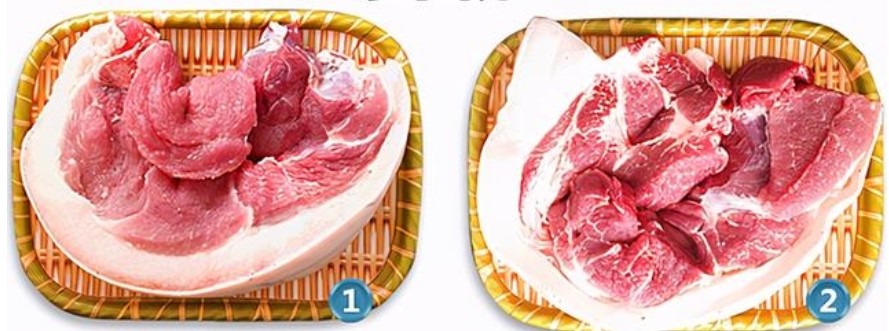
Notes on buying pork hocks:
- Choose a firm, evenly grained hock with a dry-cut surface. When pressed, the meat should be resilient and spring back.
- Opt for hocks with a fresh pink color and no unusual hues. The cut surface should have a natural, bright, and dry appearance. The meat should be free from any unpleasant odors or stains and should not have any foreign particles on it.
2. How to Select the Best Pork Ribs
There are two types of ribs, and they are both delicious. Knowing the difference will help you make the right choice:
– Loin ribs: These ribs have larger bones and less meat. The meat layer is thin but relatively tender and aromatic, making it perfect for stewing, braising, or sweet and sour stir-frying. It also looks beautiful on the plate.
– Tail ribs: This cut is extremely tasty, with a good mix of fat and lean meat, making it very tender. It’s ideal for soups.
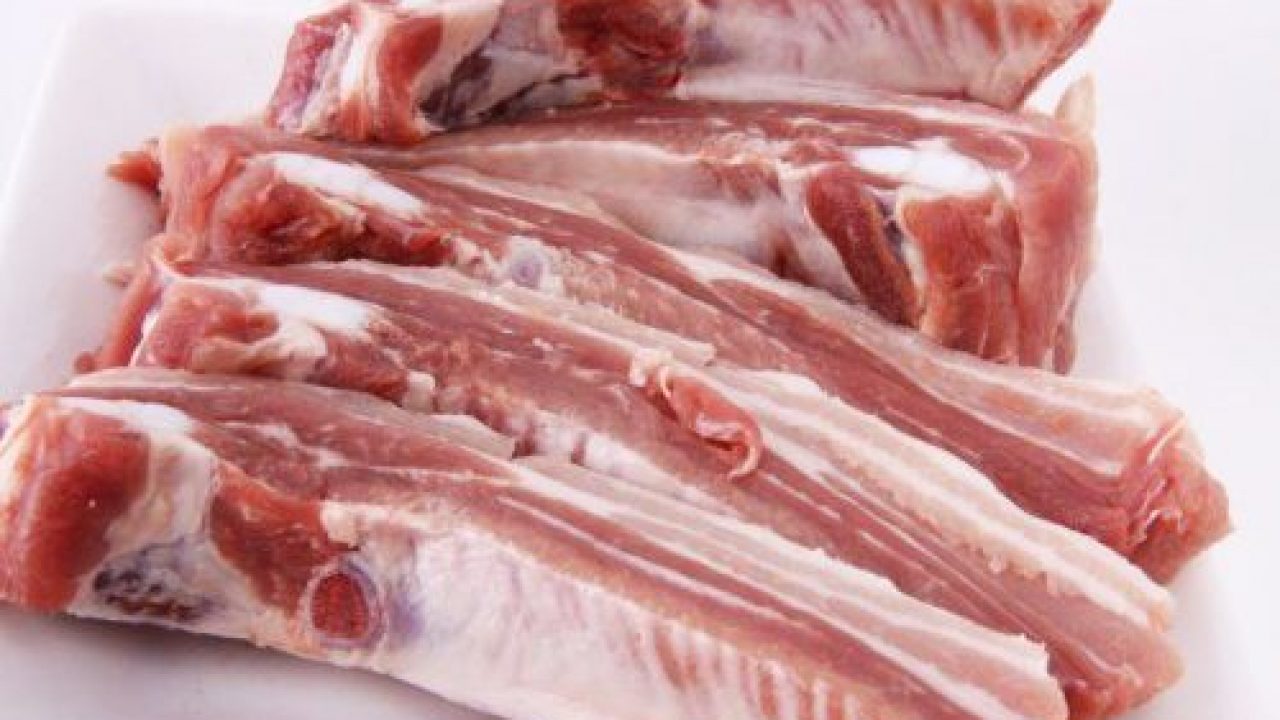
Pork ribs are considered one of the most delicious parts of the pig. However, not all ribs are created equal. Knowing how to choose the best ribs will ensure your dish turns out perfectly.
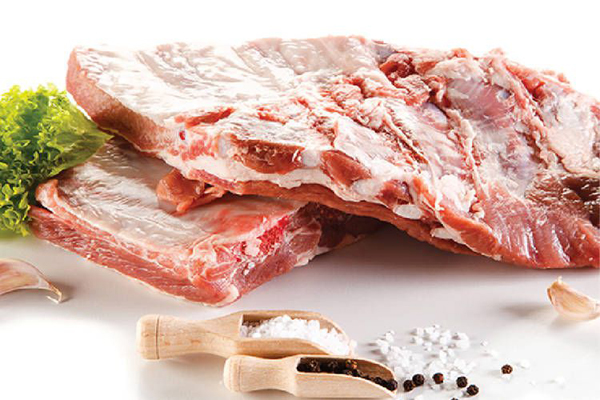
Not only are pork ribs nutritious, but they are also considered one of the tastiest parts of the pig. According to experienced butchers, pork ribs can be divided into three main sections: the front (near the front legs), middle, and back (near the hind legs). Each section has unique characteristics in terms of tenderness and flavor. The ideal choice depends on the dish you plan to cook.

The front section of ribs has longer cartilage that runs along the bones, and it tends to be thicker and harder. If you enjoy eating cartilage, then this section is for you.
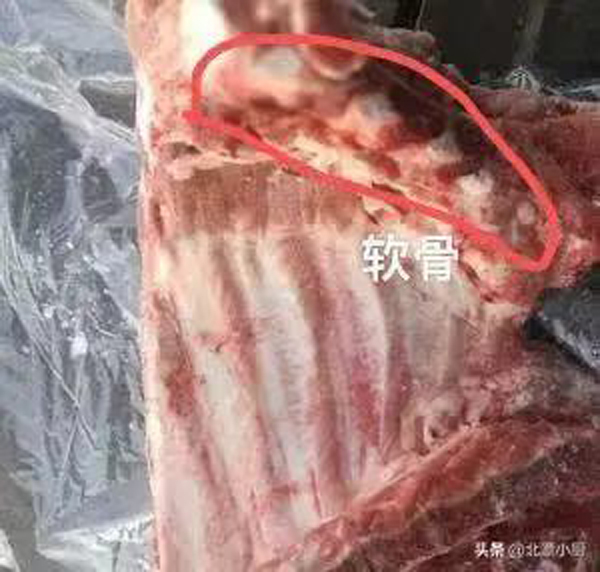
Another distinguishing feature of front ribs is the surrounding meat, which is quite soft and elastic. While there is tasty meat on these ribs, the layer is very thin and scarce. The front ribs also have a relatively low amount of marrow. Therefore, front pork ribs are not ideal for making soup. Instead, they are perfect for braising, roasting, or making dishes like salted and peppered ribs or sweet and sour ribs.
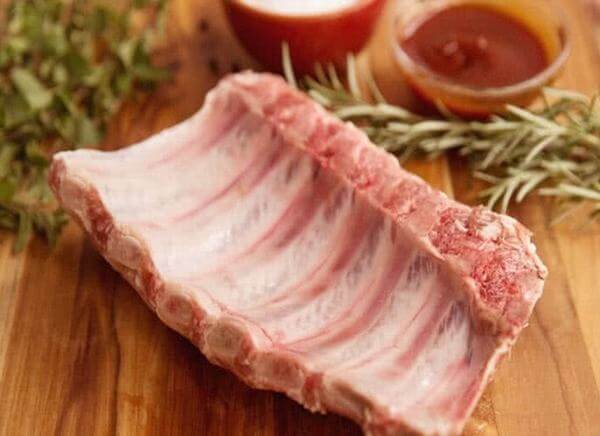
The middle section is considered the prime cut for ribs. The ratio of cartilage, meat, and marrow in this section is harmonious. It’s suitable for almost any rib recipe, especially the more intricate dish of garlic-roasted pork ribs, which requires this specific cut.
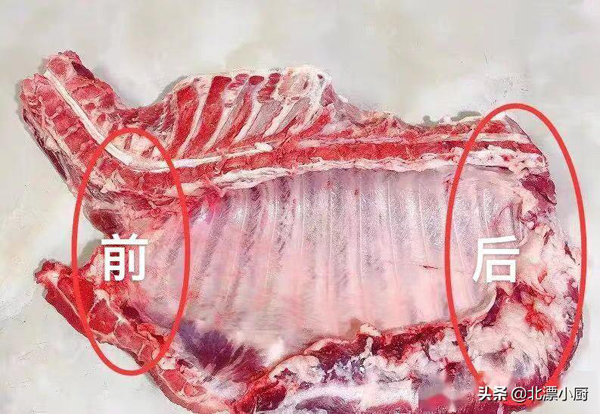
While not as premium as the middle section, the back ribs have their unique advantages. They contain a lot of marrow, and the meat is thin but firm, sweet, and slightly chewy. This makes them perfect for soups or stews.
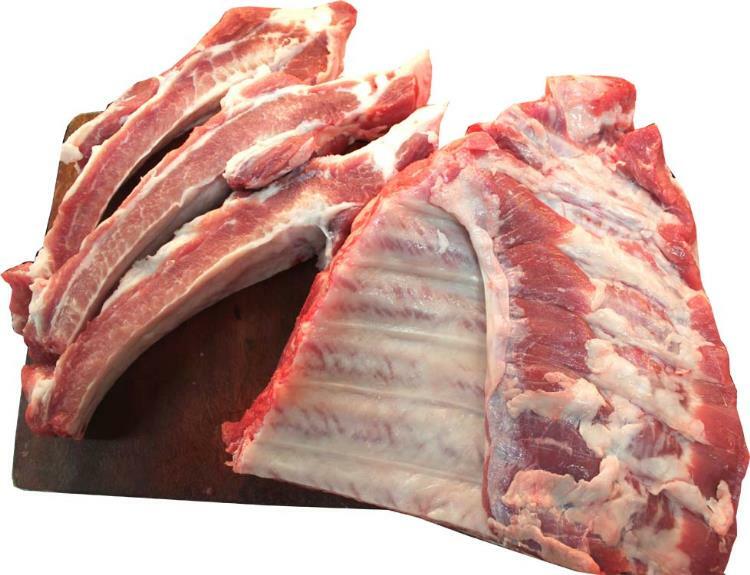
While it’s easy to identify the middle section, distinguishing between the front and back sections can be tricky. Butchers reveal that you should pay attention to the following points:
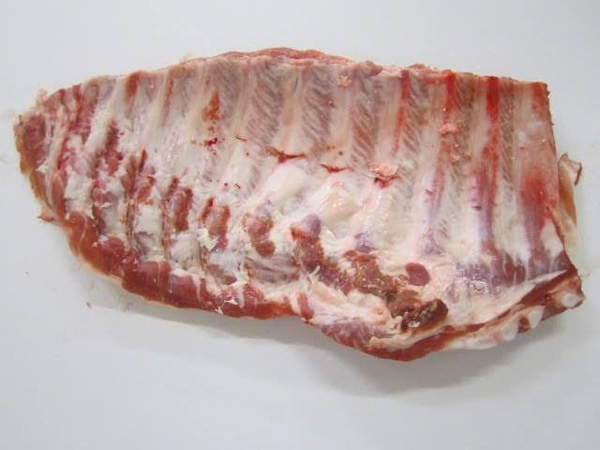
In terms of color, the front section is the darkest, while the back section is usually lighter.

When it comes to shape, the front section, in addition to having more cartilage and less meat, is also thicker and shorter. Conversely, the back section has more meat and a lower bone density.
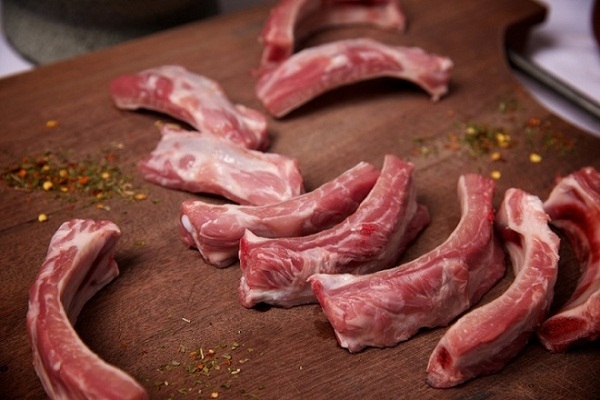
In addition to selecting ribs by their position, you should also pay attention to their smell, color, and elasticity to ensure you’re choosing fresh ribs.
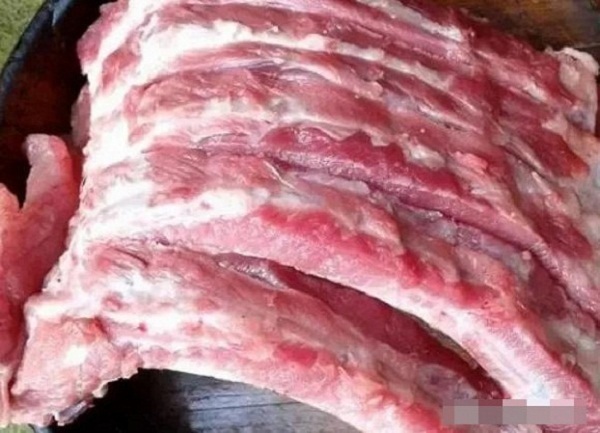
Fresh ribs usually have a slightly fishy smell but not a putrid one. They should have a bright red or light pink color. When pressed, the meat should indent but quickly return to its original shape.
